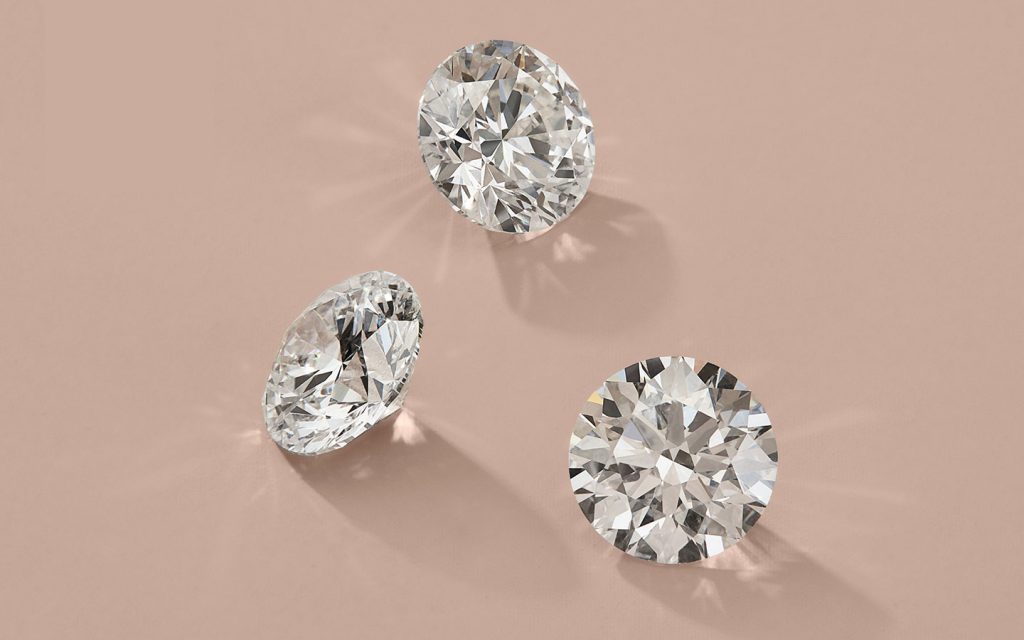The Comprehensive Guide to Understanding the 4Cs of Diamonds

When it comes to purchasing a diamond, understanding the 4Cs is paramount. These four critical factors—Cut, Color, Clarity, and Carat Weight—determine the value and quality of a diamond. By delving into each aspect, you can make an informed decision and select a diamond that best suits your preferences and budget.
The Importance of the 4Cs
The 4Cs, developed by the Gemological Institute of America (GIA), provide a universal standard for grading diamonds. This standardized system ensures consistency and reliability, making it easier for buyers to compare diamonds across the globe.
Cut: The Sparkle Factor
What is Diamond Cut?
The cut of a diamond refers to how well the diamond’s facets interact with light. Unlike color, clarity, and carat weight, the cut is not influenced by the diamond’s natural properties but rather by the skill and precision of the diamond cutter.
Why Cut Matters
A well-cut diamond reflects light from one facet to another and disperses it through the top of the stone, resulting in a brilliant sparkle. Poorly cut diamonds, on the other hand, appear dull even if they possess perfect color and clarity. The GIA grades diamond cuts on a scale from Excellent to Poor.
Components of Diamond Cut
- Brilliance: The total light reflected from a diamond.
- Fire: The dispersion of light into the colors of the spectrum.
- Scintillation: The pattern of light and dark areas caused by reflections within the diamond.
Color: The Purity of Hue
Understanding Diamond Color
Diamonds come in a variety of colors, but when referring to the 4Cs, we typically focus on white diamonds. The GIA grades diamond color on a scale from D (colorless) to Z (light yellow or brown). The less color a diamond has, the higher its value.
The Impact of Color on Value
Colorless diamonds (grades D-F) are rare and highly prized. Near-colorless diamonds (grades G-J) offer a good balance of quality and value. As you move down the scale, the presence of color becomes more noticeable, and the price generally decreases.
Choosing the Right Color
When selecting a diamond, consider the setting and the metal. A diamond with a slightly lower color grade can appear colorless when set in yellow or rose gold. Platinum and white gold settings diamantenqualität erkennen, however, may highlight the diamond’s color.
Clarity: The Measure of Perfection
What is Diamond Clarity?
Clarity refers to the presence of internal or external imperfections, known as inclusions and blemishes, respectively. The GIA clarity scale ranges from Flawless (no inclusions or blemishes visible under 10x magnification) to Included (inclusions and/or blemishes visible to the naked eye).
Factors Affecting Clarity
- Size: Larger inclusions impact clarity more significantly.
- Number: The fewer the inclusions, the better the clarity.
- Position: Inclusions located in the center of the diamond are more noticeable.
- Nature: The type of inclusion can affect its visibility.
- Relief: The contrast of the inclusion against the diamond.
Balancing Clarity and Value
While flawless diamonds are the most valued, diamonds with slight inclusions (such as those graded VS1-VS2 or SI1-SI2) offer excellent value, as inclusions are often not visible to the naked eye and do not detract from the diamond’s beauty.
Carat Weight: The Diamond’s Size
Understanding Carat Weight
Carat weight measures the size of the diamond. One carat equals 200 milligrams, and each carat can be subdivided into 100 points. For instance, a 0.75-carat diamond is the same as a 75-point diamond.
The Influence of Carat Weight on Price
As carat weight increases, the price of the diamond rises exponentially. Larger diamonds are rarer, and therefore, their value increases more rapidly than their size.
Choosing the Right Carat Weight
When choosing a diamond, consider the recipient’s preferences and lifestyle. Larger diamanten 4Cs make a statement but may not be practical for everyday wear. Sometimes, a smaller, well-cut diamond can be more impressive than a larger, poorly cut stone.
Conclusion
Understanding the 4Cs—Cut, Color, Clarity, and Carat Weight—is essential for making an informed diamond purchase. Each factor plays a crucial role in determining the diamond’s overall beauty and value. By prioritizing the aspects that matter most to you, you can find a diamond that perfectly fits your needs and desires.




